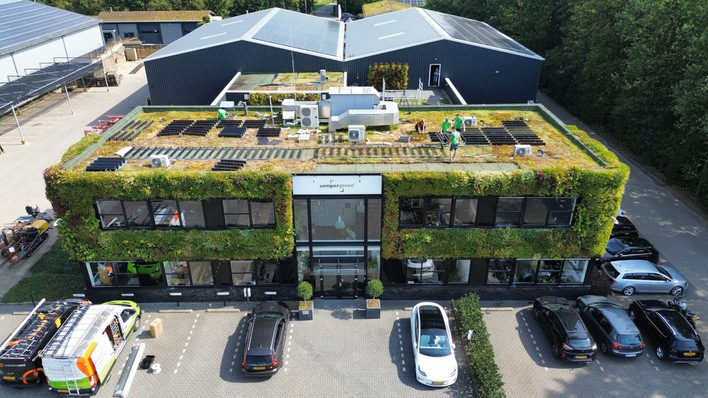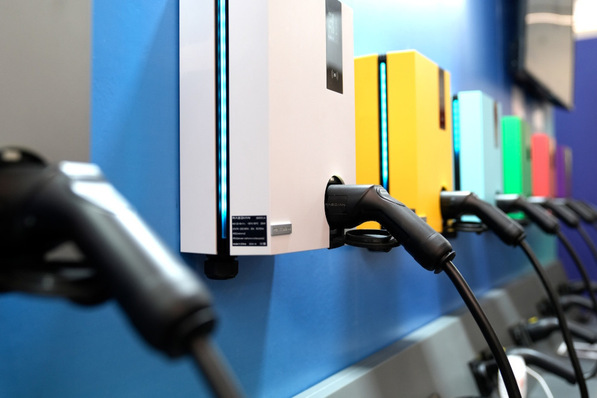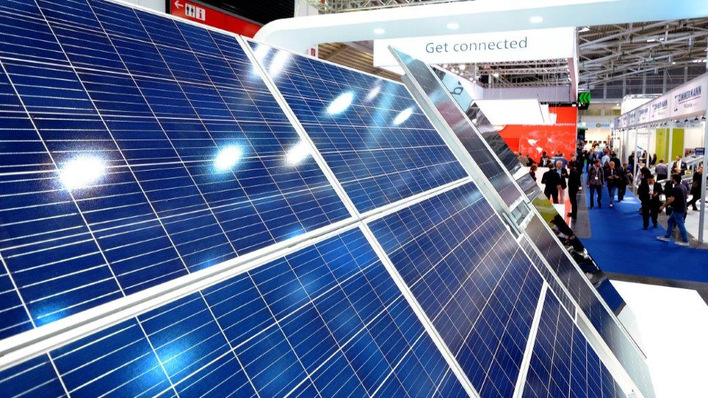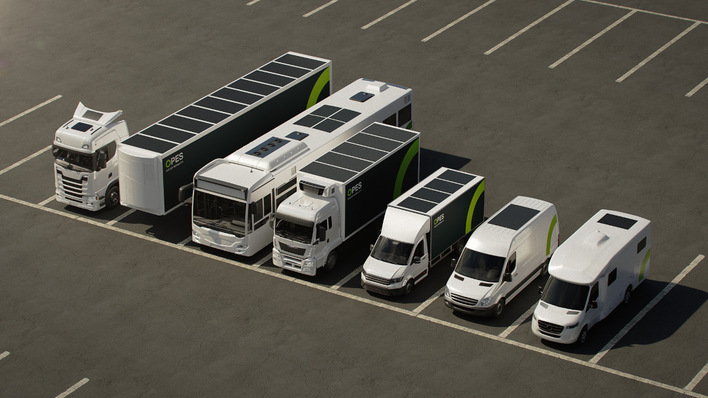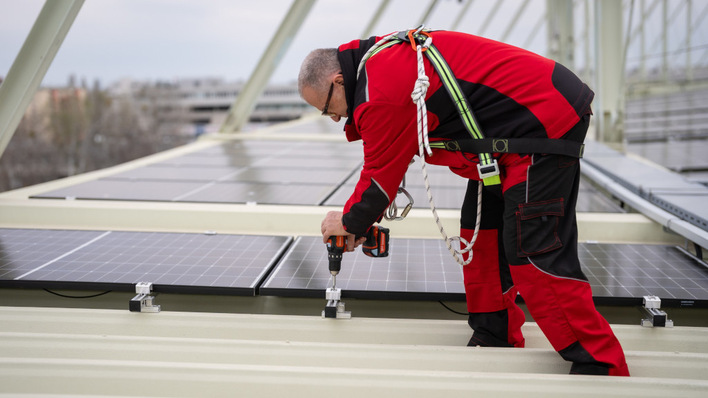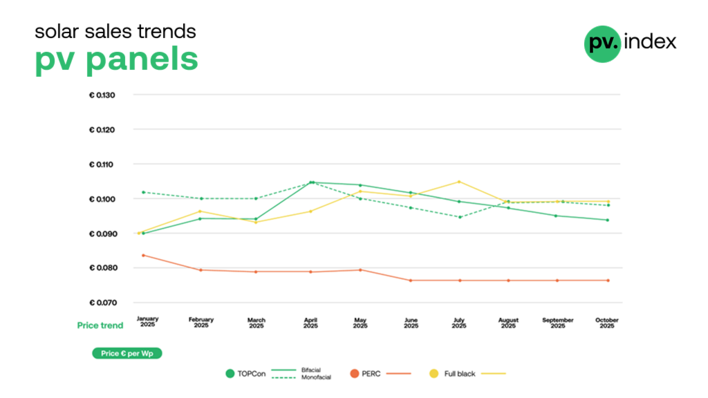pv Europe: According to IHS Markit the integration of microinverters and power optimizers into smart modules is on the move. How do you see the trend?
Andrea Viaro: The potential of integrated inverter-optimizers is surely interesting from the technology point of view. There are companies in the market working in that direction already. Optistring is one of them for instance and they are developing a system which on paper has very advanced features. However, for such complex devices long-term reliability is still a major issue, especially when talking about solutions embedded into the PV smart-modules. Also, the price is an important aspect that might limit their application unless the economy of scale will enable to reach competitive production costs.
What type of smart solar modules do you offer?
Our Smart-Module Series is equipped with the most advanced optimizer currently available on the market. Unlike standard module optimizers, the technology employed for Jinko MX modules is based on Integrated Circuits and Microprocessors that have been applied in different fields for many years. It allows to reach cell-string optimization with three MPPTs per single module and to avoid the limitations given by the passive bypass-diodes installed on the standard modules or ordinary optimizers, which are also one of the week components of PV panels.
What are the technical specifications?
The main feature that differentiates the Jinko MX cell-string optimizer from the other conventional module optimizers is its ability to manage each cell-substring within the module totally independently from the rest of the PV array, adjusting the electrical parameters to achieve the maximum performance possible in the specific conditions and reducing to the minimum the related losses. Thanks to the three MPPTs per module that control the current at cell-string level, Jinko MX modules do not even develop hot-spots, which typically induce power loss and represent an additional risk for the module reliability on the long-term. Moreover the optimizers work autonomously and do not require any additional components such as management units or communication gateways, thus making their installation much more simple as for the standard modules.
What are some of the advantages, for example higher yield?
The first advantage given by Jinko MX modules is the extreme flexibility when designing the PV system. Portions of the array with different orientation or tilt angle can be connected in the same string avoiding complications, modules can be placed even in partially shaded areas to maximize the installed peak power, pitch or distance between sheds can be reduced to increase the GCR or reduce the surface needed for the plant. Secondly, having an embedded optimizer which does not require any additional components or cabling and is compatible with any string or central inverter, allows to install the modules as easy as standard modules and without any incremental costs. The final and most relevant benefit is clearly not only the overall lower LCOE and the highest possible energy yield achievable in the field even in non-ideal or challenging conditions, but also the enhanced durability of our Smart modules.
What about lifetime and maintenance?
Jinko MX can decrease not only the CAPEX but also the OPEX of PV generators because the mismatch among modules, due to soiling or grass shading for instance, is significantly mitigated. The result is that also the periodic O&M costs are then reduced. The Smart panels are covered by Jinko 25-year warranty for their functioning, which includes the optimizer. Modules are also equipped with emergency bypass-diodes that enter in action only in the unlikely event of an optimizer failure, thus enabling the module to operate as if it was a standard module.
What are your next steps? Are you still working on further improvements?
The voltage-control feature that will be implemented on the next generation of Jinko MX modules, which should be available starting from Q2 next year, will also allow to increase the length of the strings and to simplify the project configuration, neglecting the effect of the low temperatures.
In which European countries do you see the main demand for the near future for your smart modules and for which applications?
Jinko MX is specifically designed to fulfill the needs of both roof-top and ground-mounted applications, meaning that essentially any market could benefit from utilizing this technology; not only for new installations, but also for repowering purposes, as Ingeteam recently did in one of their PV fields in Spain. At present we still see higher demand for the residential segment, from Northern European countries principally because of the traditional heritage that the market has about module optimizers. However we expect to have gradually increasing volumes in the coming year also for industrial and utility-scale projects.
Interviewed by Hans-Christoph Neidlein
Read more about solar modules
Stay informed, get our free newsletter twice a week. Register here: http://www.pveurope.eu/Newsletter
Related news:
http://www.pveurope.eu/Products/Solar-Generator/Solar-modules



